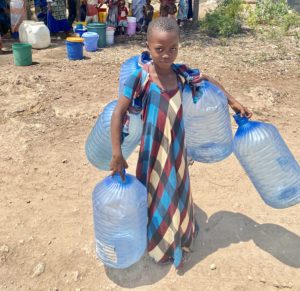
Wells


In Zanzibar and Pemba, particularly in the villages there is an acute shortage of fresh clean water. As a result, women and children have to walk long distances to fetch a bucket of water.
Since the conception of our projects, we have built 30 deep wells out of which 5 are ‘rope-n-bucket’ style wells.
15 operate using electricity and 10 using solar powered energy.
We now lean towards solar wells because:
- There’s plenty of sunshine on the islands and we are able to pump twice the amount of water per day at no cost.
- Solar energy is free whereas the villagers have to pay for the electricity they use.
- Solar wells can be built in areas that do not have electricity at all
- Solar energy is a truly renewable energy source, available every day. Unlike other sources of energy, we will never run out of solar energy,
- Solar energy can be used to produce electricity in areas without access to the energy grid, to distill water in regions with limited clean water supplies
- Solar energy systems require minimum maintenance. The inverter it is continuously working to convert solar energy into electricity. One of the major advantages of a solar pump is that its energy comes straight from the sun.
Productivity increases in times of need.
When it’s hot and sunny people tend to use more water, and livestock will hang closer to water troughs. A solar water pump moves more water in sunny weather and slows appropriately when it’s overcast or raining, with the option to store a backup supply if your storage tank is adequately sized.





